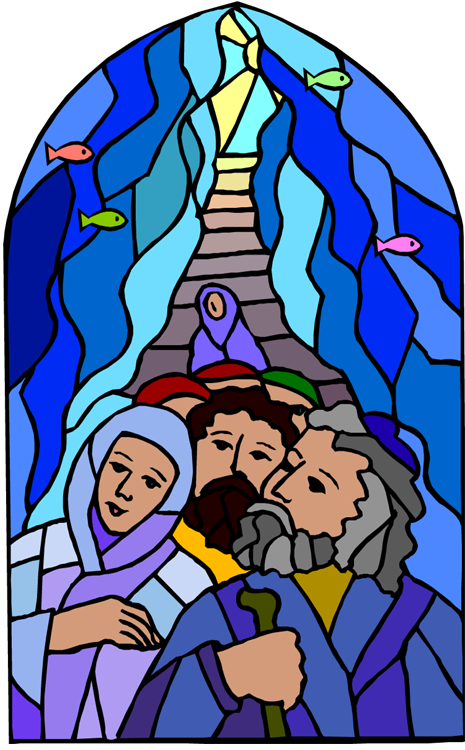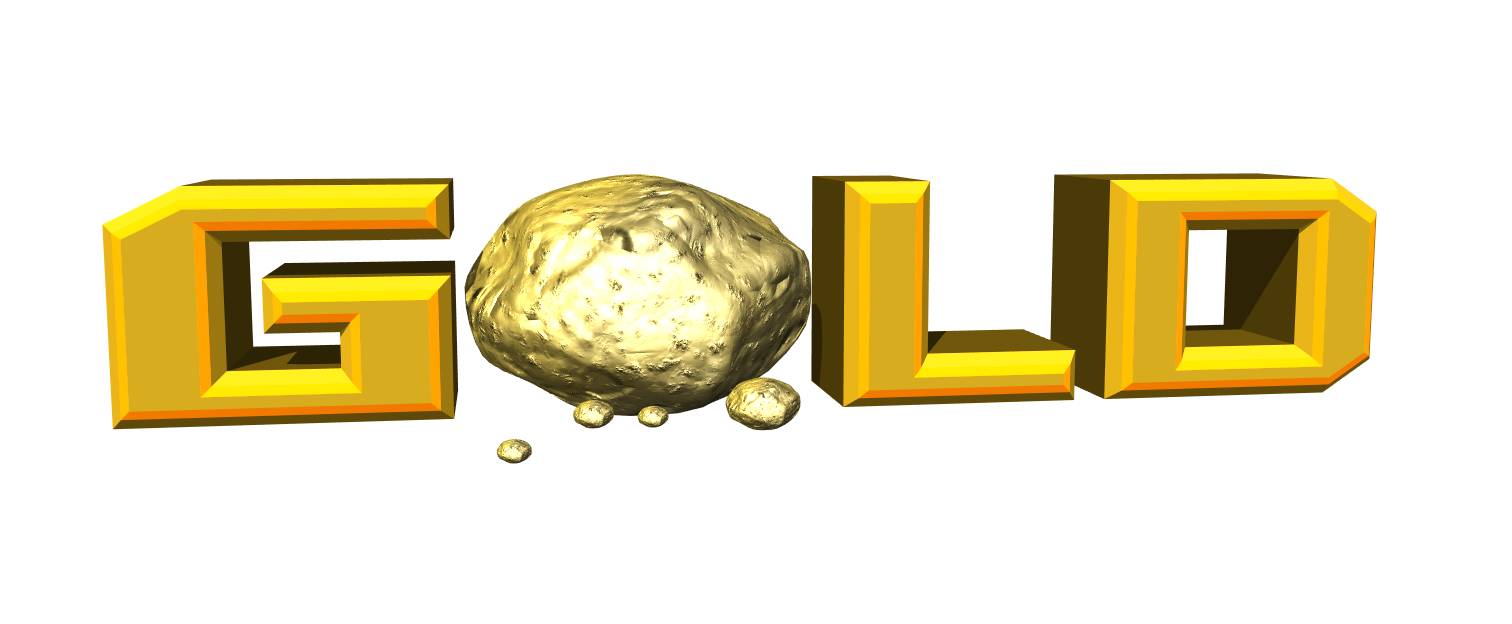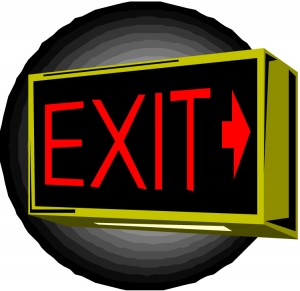Exodus 14:22, The children of Israel went. According to Jewish tradition (e.g. in The ArtScroll Stone Edition Chumash commentary on verse eight), the crossing occurred on Nisan 21 (or the Month of the Abib, which is the first month of the biblical calendar occurring in the early spring), which is the last day of the Feast of Unleavened Bread, even though the Scriptures don’t explicitly say this. The Jewish sages deduce this from the chronology of events leading up to the crossing. On the fifteenth day of the first month, they reason, Israel left Egypt and traveled from Rameses to Succoth. On the sixteenth day, they traveled from Succoth to Etham, and on the seventeenth from Etham to Pi-hahiroth. Then on the eighteenth it was reported to Pharaoh that Israel had been gone for three days. On the 19th and 20th Pharaoh mustered his army and pursued Israel, and on the twenty-first day of the first month Israel crossed the Red Sea, which was the last day of the Feast of Unleavened Bread.
The Red Sea. The Israelites went through the midst of the Red Sea. Like the killing of the Passover lamb and the painting of his blood on the door posts, the crossing of the Red Sea prophetically pointed forward to the message of the gospel and the steps a disciple of Yeshua must take in his spiritual journey. Paul states in his letter to the believers in Corinth,
Moreover, brethren, I would not that ye should be ignorant, how that all our fathers were under the cloud, and all passed through the sea; and were all baptized unto Moses in the cloud and in the sea; and did all eat the same spiritual meat; and did all drink the same spiritual drink: for they drank of that spiritual Rock that followed them: and that Rock was Messiah. (1 Cor 10:1–4)
The Israelites going through the Red Sea is a prophetic picture of baptism for the remission of sin of the new believer. Red reminds us of the blood of Yeshua that cleanses sinners of sin. Moreover, sea water is salty and salt is a biblical symbol representing cleansing, purification, preservation and eternity and all of which point to the efficaciousness of Yeshua’s atoning blood on behalf of the redeemed saint.
Now let’s look at Israel’s Red Sea passage in light of its larger gospel message context. While back in Egypt, YHVH sent Moses the evangelist to the Israelites with the message of redemption from their Egyptian slavemasters. To be spared from Eloim’s judgments against sin, all the Israelites had to do was to believe the evangelist (i.e. the preacher of the gospel message) when he told them to kill a lamb and to put its blood on the doorposts of their houses (i.e. have faith in the shed blood of Yeshua the Messiah who died on the cross to set us free from the penalty of our sins). This they did, and they were spared Elohim’s judgment against sin. Next, they had to put leaven (i.e. a picture of sin) out of their houses (a picture of their lives), eat unleavened bread (i.e. a picture of accepting Yeshua unconditionally) and leave Egypt (i.e. a picture of leaving behind the world’s ways and lifestyles). The next thing they had to do was to go through the Red Sea (i.e. a picture of baptism for the remission of sins). There are more steps to follow (e.g. finding water to drink at Marah, coming to the desert oasis of Elim, receiving manna from heaven and water from the rock) that all point prophetically forward to the message of the gospel at work in the believer’s life, but we’ll discuss these one by one as we proceed.





